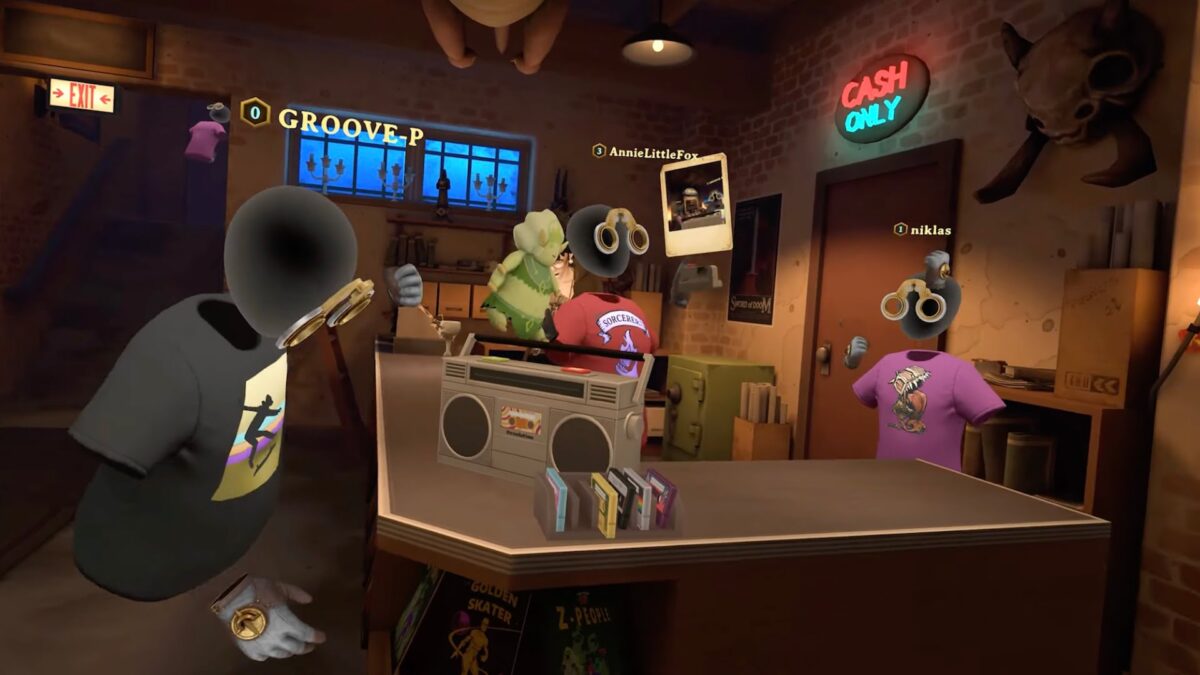The Tinyverse could beat the Metaverse - at least for starters

The beginnings of the metaverse are more likely to be found in social microcosms than in large, open, anonymous worlds.
Everyone is chasing the so-called metaverse, it seems, but no one knows exactly what it is or what it will one day look like. Not even Mark Zuckerberg, who is dedicated to building the metaverse.
The made-up word is made up of the words "meta" and "universe" and thus evokes associations with something big, all-encompassing. But how do you get to an all-encompassing digital world?
Tinyverse vs. Metaverse: From small to large
Instead of thinking too big, it's better to start small. That's the opinion of Tommy Palm, founder of VR studio Resolution Games, which has created two of the best VR games ever, Blaston and Demeo.
In a blog post, he describes an unusual approach to building the Metaverse, going small to big rather than big to small.
He says his studio envisions the Metaverse differently: as a series of Tinyverses built around specific interests that bring people together as entry points into a (potentially) larger metaverse.
Examples of Tinyverses: Blaston and Demeo
Blaston and Demeo exemplify this idea. They are not just multiplayer games. They offer spaces separate from the main game, designed for encounters.
The futuristic duel shooter Blaston has as its meeting place the so-called Ozo Lounge, a virtual club with a dance floor, bar and slot machines. In the tabletop simulation Demeo, there is a nerdy D&D basement where tabletop fans can meet, exchange strategies, and recently also paint miniatures, i.e. pursue their passion in virtual reality.
The Metaverse: Pub instead of airport
The two VR games thus create social microcosms that connect players with each other and ensure that they regularly put on their VR headset: a not so trivial basic prerequisite for the emergence and growth of the Metaverse.
"By creating small environments tailored to interests and providing users with plenty of optional activities that foster new relationships and interactions, the metaverse can work for everyone," Palm writes.
The studio founder uses a metaphor to describe the difference between the two approaches: The Tinyverses are like a pub around the corner where you become a regular, while the Metaverse is like an airport where you try to make friends.
"While it’s hard to imagine exactly what the metaverse will look like in ten or twenty years, I’d be surprised if there wasn’t some element of “tiny” at its very core," Palm writes.
Note: Links to online stores in articles can be so-called affiliate links. If you buy through this link, MIXED receives a commission from the provider. For you the price does not change.